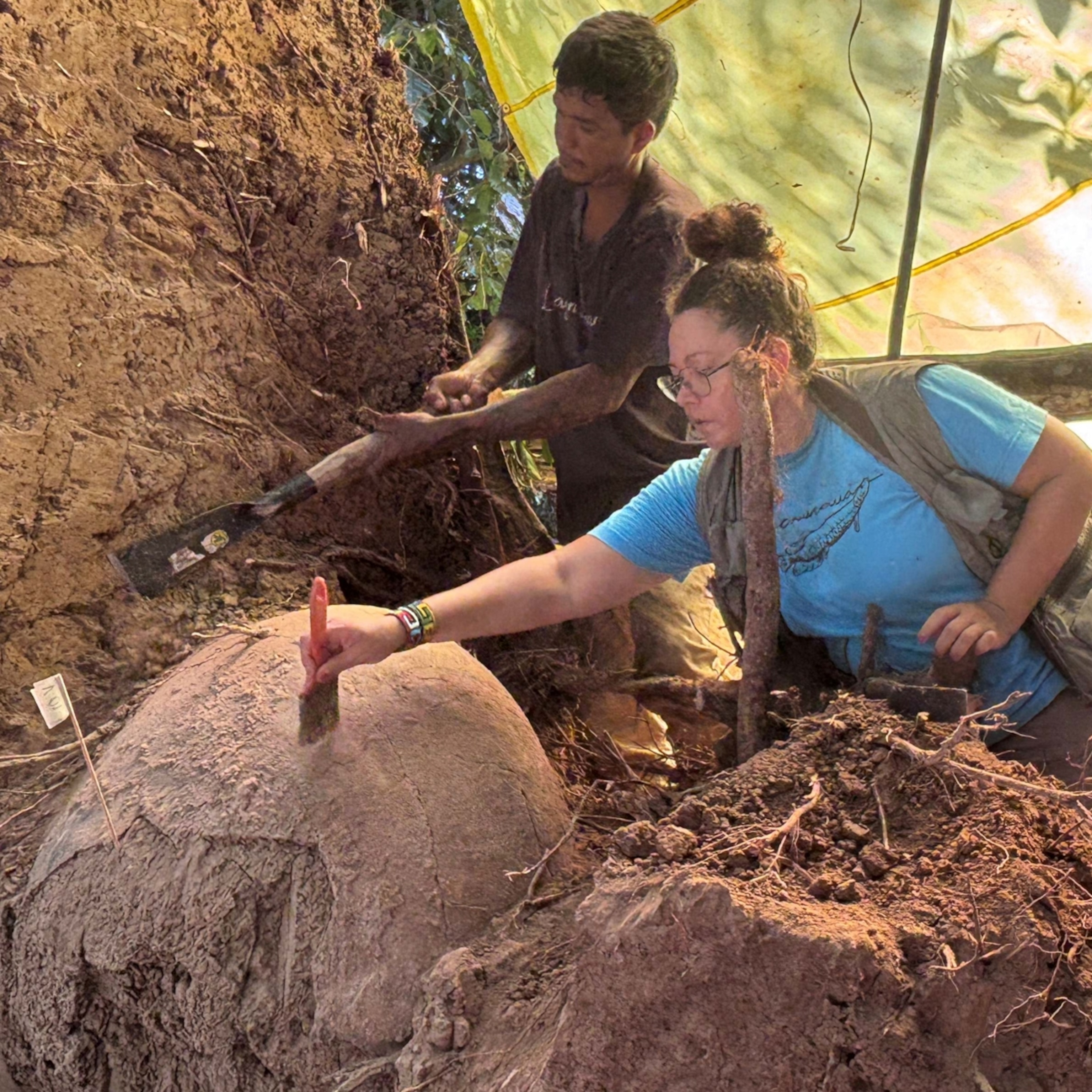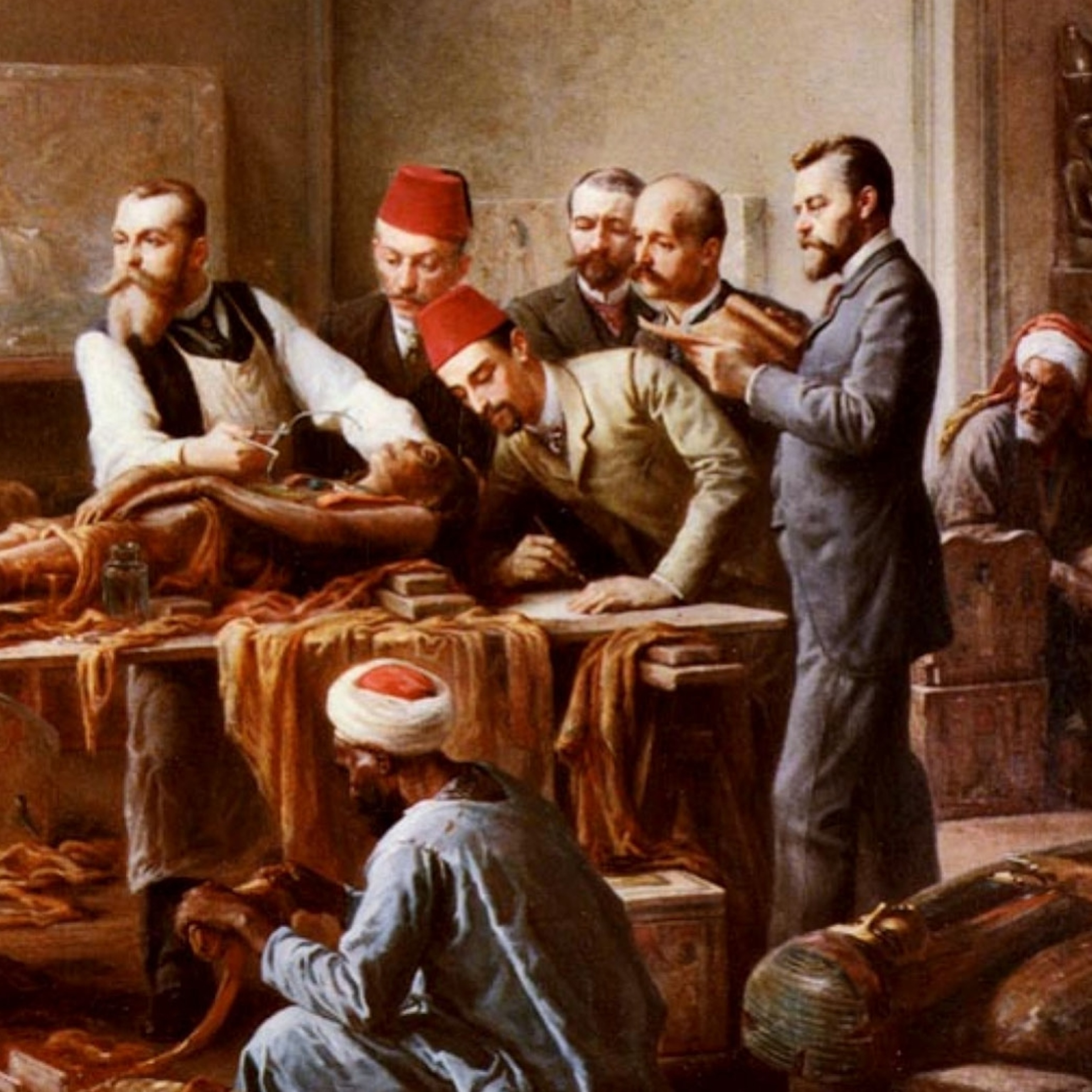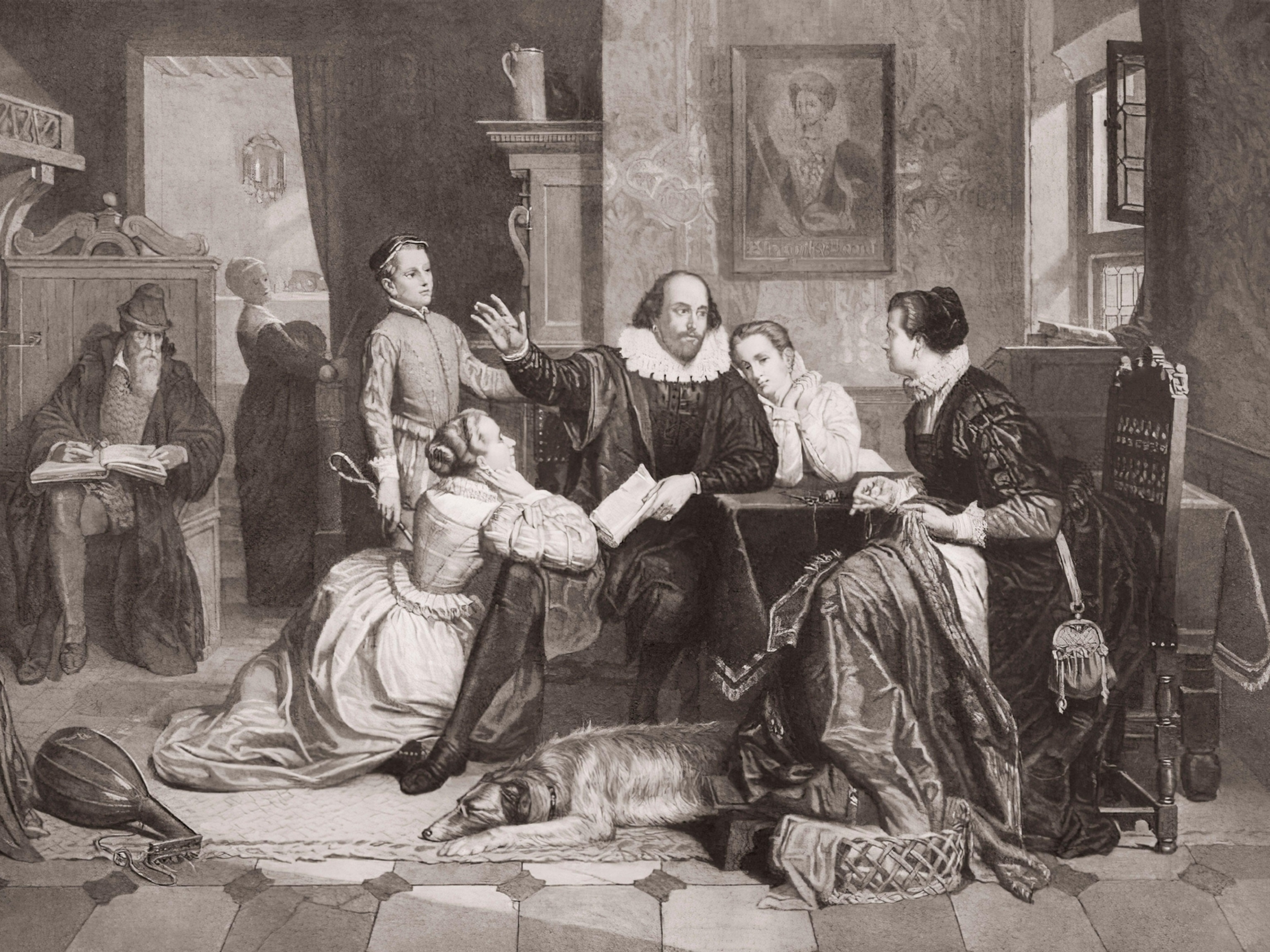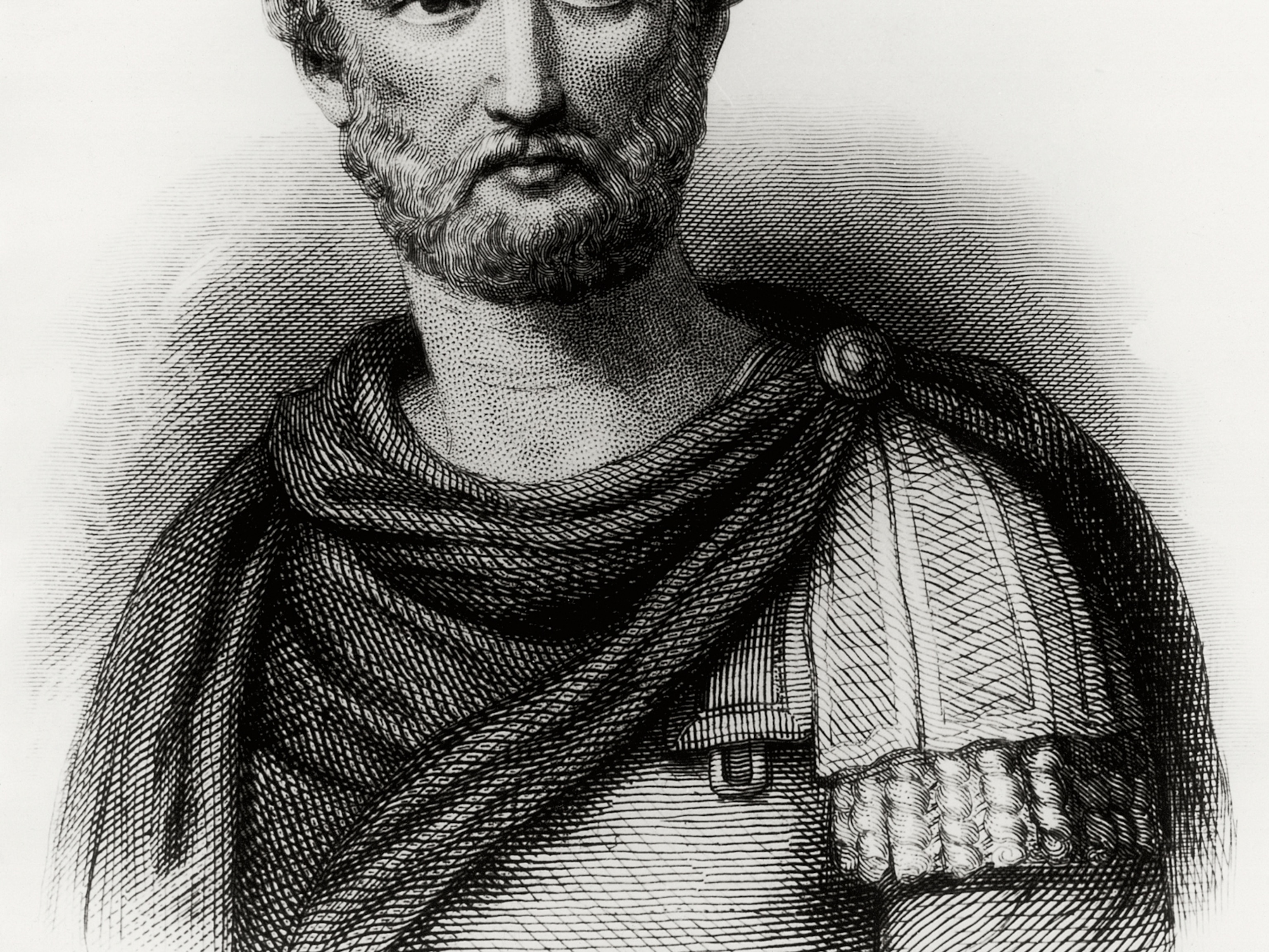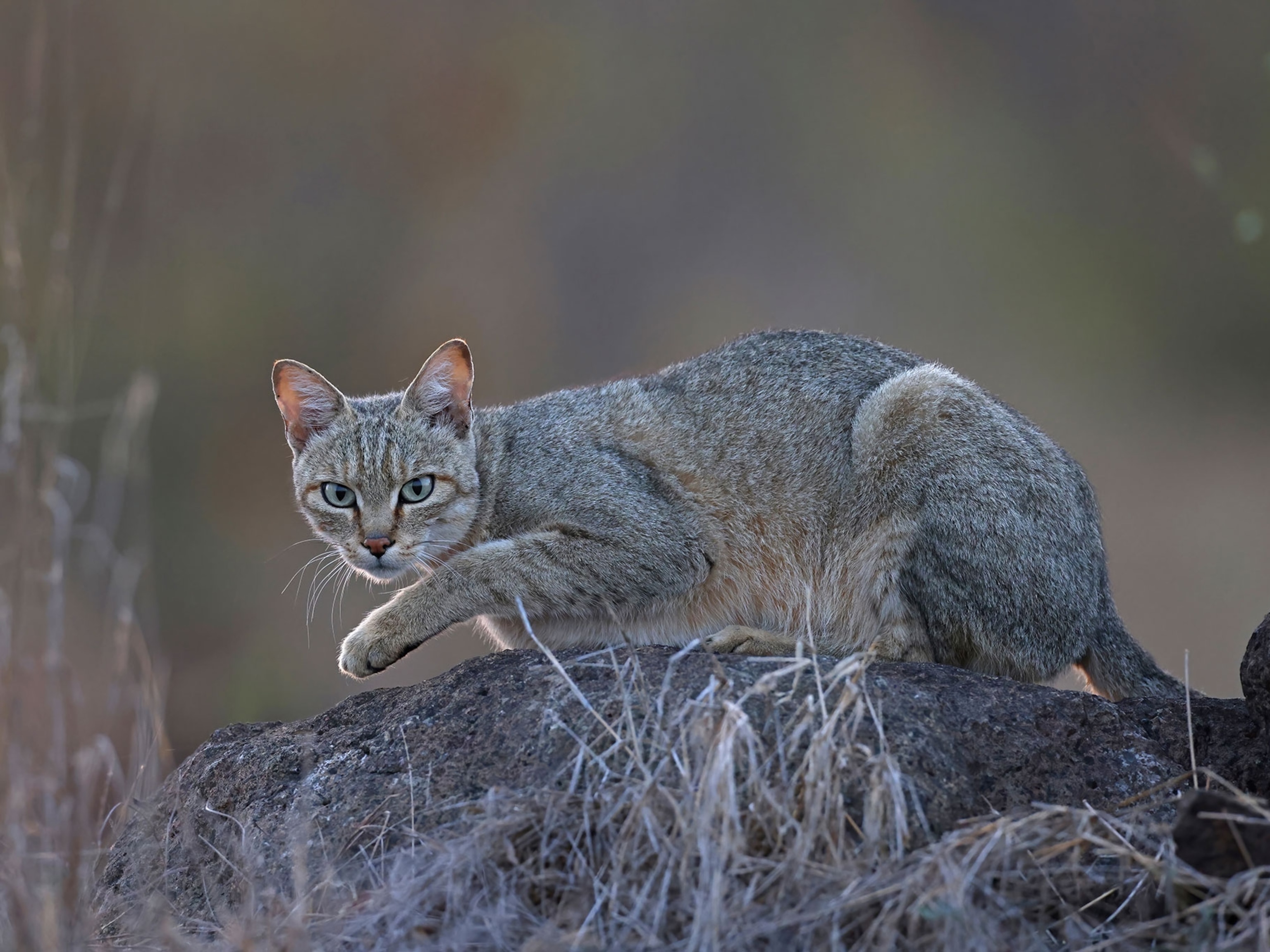
George Stuart: National Geographic's Staff Archaeologist, Editor, and Maya Scholar
His passion, research, and writing helped unlock the mysteries of the Maya for readers
George Stuart, who participated in many of the most important investigations of Mesoamerican sites as staff archaeologist at the National Geographic Society, and brought the discoveries to a global readership as a senior editor at the magazine, died June 11 at his home in Barnardsville, North Carolina. He was 79 years old.
In the course of a nearly 40-year career at the Geographic, as well as after retirement, Stuart helped shape the field of Maya studies; his contributions included work on the ruins of Coba, Dzibilchaltún, Balankanche Cave, and others. He also served as vice president for research and exploration, overseeing millions of dollars in research grants every year.
"George was a cheerleader for Maya studies and a champion of supporting Maya research," said Jeremy Sabloff, president of the Santa Fe Institute and a past president of the Society for American Archaeology.
Stuart's books, including The Mysterious Maya and Lost Kingdoms of the Maya (both written with his first wife, Gene), Ancient Mexico, and Ancient Pioneers, as well as articles in National Geographic, introduced that world to a broad audience.
He also co-authored Palenque: Eternal City of the Maya with his son David, an eminent scholar and professor in Mesoamerican studies at the University of Texas.
When he was 11 years old, Stuart walked by an antique store in his hometown, Camden, South Carolina, and saw a framed collection of arrowheads in the window. They weren't for sale, but the owner, Norman Fohl, took Stuart to a field and showed him how to discover his own.
"I found six arrowheads, and that was it," he later recalled.
Stuart worked on his first dig—the excavation of a Native American mound in Camden—when he was 17. He'd gotten the job, he said, because he'd convinced the researchers he could draw skeletons.
In college, he started work at the Etowah Indian burial mound excavations in Georgia the week diggers unearthed marble human effigies dating to A.D. 800 to 1400. "It was the first thing I got into that stunned me with the nature of discovery," he said. "I had just been a sort of teenage looter and pot hunter, continually being berated by teachers and even beaten for skipping classes and going to dig in the mountains near the house."
The dig was also notable for bringing him to the attention of researchers working with the National Geographic Society in Yucatán, where he was hired as project cartographer, which led to a job as a draftsman with the magazine in 1960.
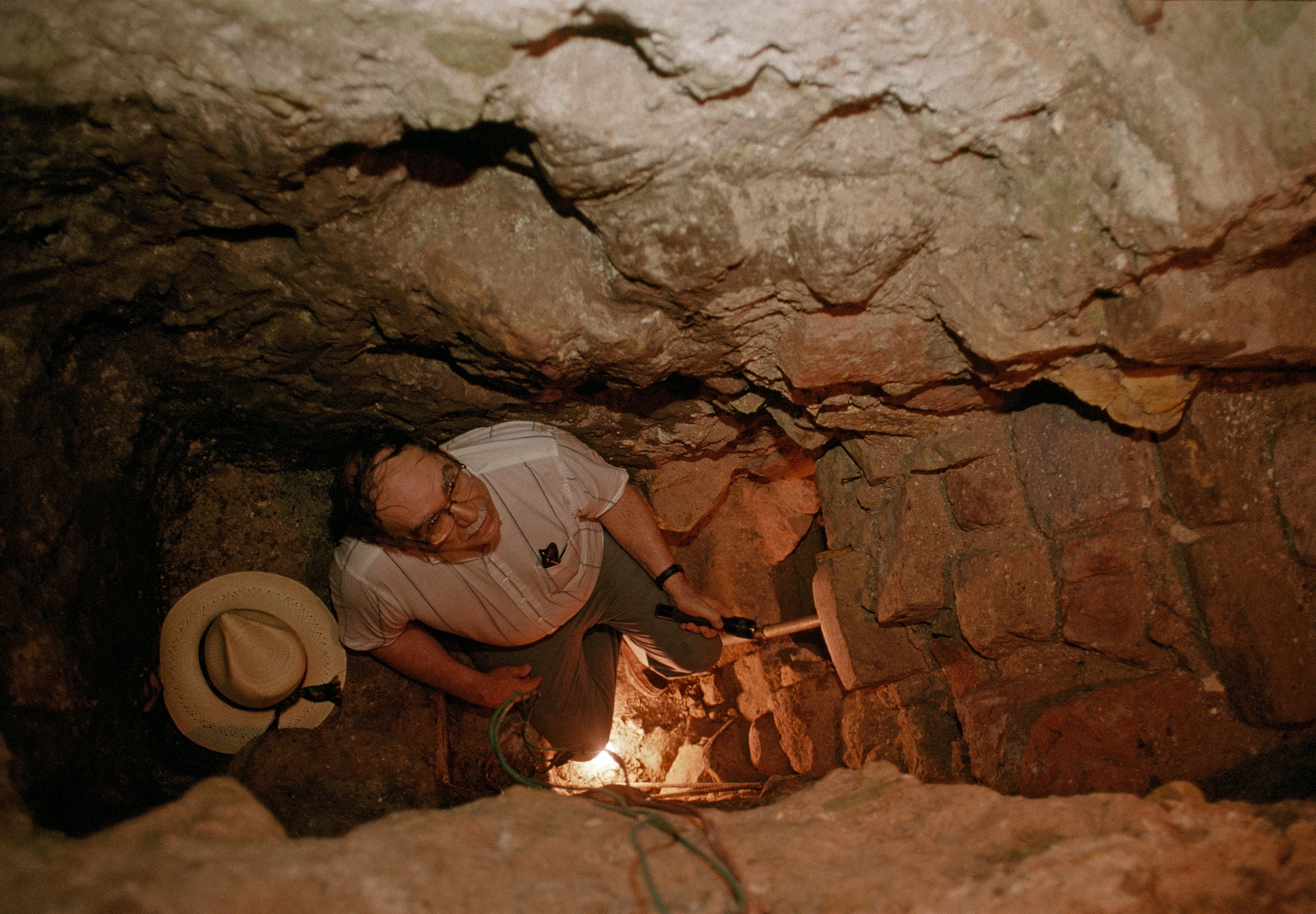
In 1995, Stuart was named chairman of the Society's Committee for Research and Exploration. The grant recipients —"heroes," as he called them—who over the years included researchers like the paleoanthropologist Louis Leakey, primatologist Jane Goodall, and Robert Ballard, discoverer of the Titanic—couldn't be made, he said. They happened.
What was the secret in selection? "We just pick out the best people," he explained.
He recognized the unpredictability of identifying proposals that would lead to significant discoveries and made certain each received close scrutiny. "Science is on our side," he said when asked about the practical use of giving a grant to study some obscure bug. "These can be part of a thing important to us someday."
He was a raconteur in the Southern tradition; his stories would unfurl like a honeysuckle vine. He was thrown out of Egypt and declared persona non grata on suspicion of being a spy. While flying to a Maya tomb in Guatemala, his helicopter ran out of fuel and crashed in the jungle. He submitted expense accounts for black candles and sacrificial chickens. Once, he put the cost of clearing a helicopter landing pad on his credit card.
Stuart's sense of humor was wicked, underscored by an allergy to bureaucracy. He once riveted an auditorium full of the magazine's staff with a deadpan parody of an academic paper, based on the excavation of a building at the corner of 17th and M Streets in A.D. 6900 near the city of "Pound Laundry." It was, the audience slowly realized, National Geographic headquarters—Pound Laundry being a play on Washington. The "paper," complete with footnotes and diagrams, gently ribbed what he termed "the archaeological foibles" of several institutions at one go.
"I wanted to poke fun at archaeology. I wanted to poke fun at anthropology, and how to draw false conclusions from a data set," he explained.
He hated form letters, and responded to a reader's inquiry asking how the Maya calendar works with a seven-page letter complete with diagrams. He hated the rigidity of form, period. In the buttoned-up-suit milieu of National Geographic in earlier decades, he would wear a guayabera—a short-sleeve shirt that was perfectly proper dress in Latin America. His office could be located in late afternoon by tracking the sound of Pink Floyd and the whiff of margaritas.
He was a passionate bibliophile and "must have had 10,000 volumes," remembered John Francis, who is the Society's Vice President of Research, Conservation, and Exploration. That's not counting documents like papers relating to early Maya archaeologists, materials about Charles Lindbergh's 1929 flight over the Yucatán to photograph ruins, and a 1939 issue of Family Circle with the first published notice of Gone With the Wind.
Although his library included books on ancient civilizations around the world, the heart of his collection was devoted to Maya studies; "one of the best libraries" on that subject in the world, Sabloff called it. In 2006, Stuart and his wife, Melinda, gave the library to the University of North Carolina-Chapel Hill.
Stuart retired from National Geographic in 1998, but it was hardly retirement. "I've got a whole bunch of things I want to do," he said. And he did. He and Melinda founded the Boundary End Archaeology Research Center (formerly the Center for Maya Research) at their home in Barnardsville, which helped make studies of Maya hieroglyphic research widely available through the Research Reports of Ancient Maya Writing series. He continued to teach, write, and lecture; he was, he claimed, the only archaeologist ever to have appeared in the Stardust Room at the Nevele Hotel in the Catskills, where he lectured—on the heels of a torch singer and stand-up comedian—to a teachers association.
"He was a wise, caring man," Francis recalled, "relaxed, avuncular, but steely on the inside. He had an extraordinary depth of knowledge, but didn't feel he had to trumpet it."
